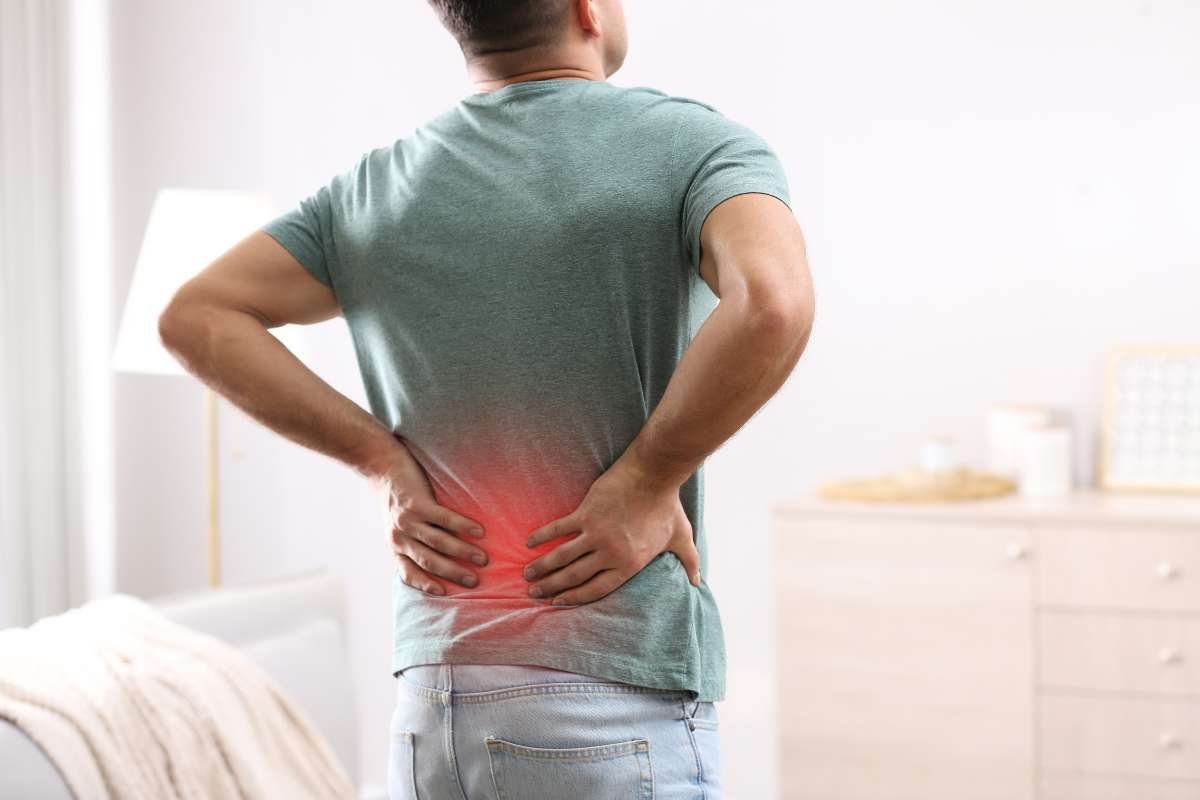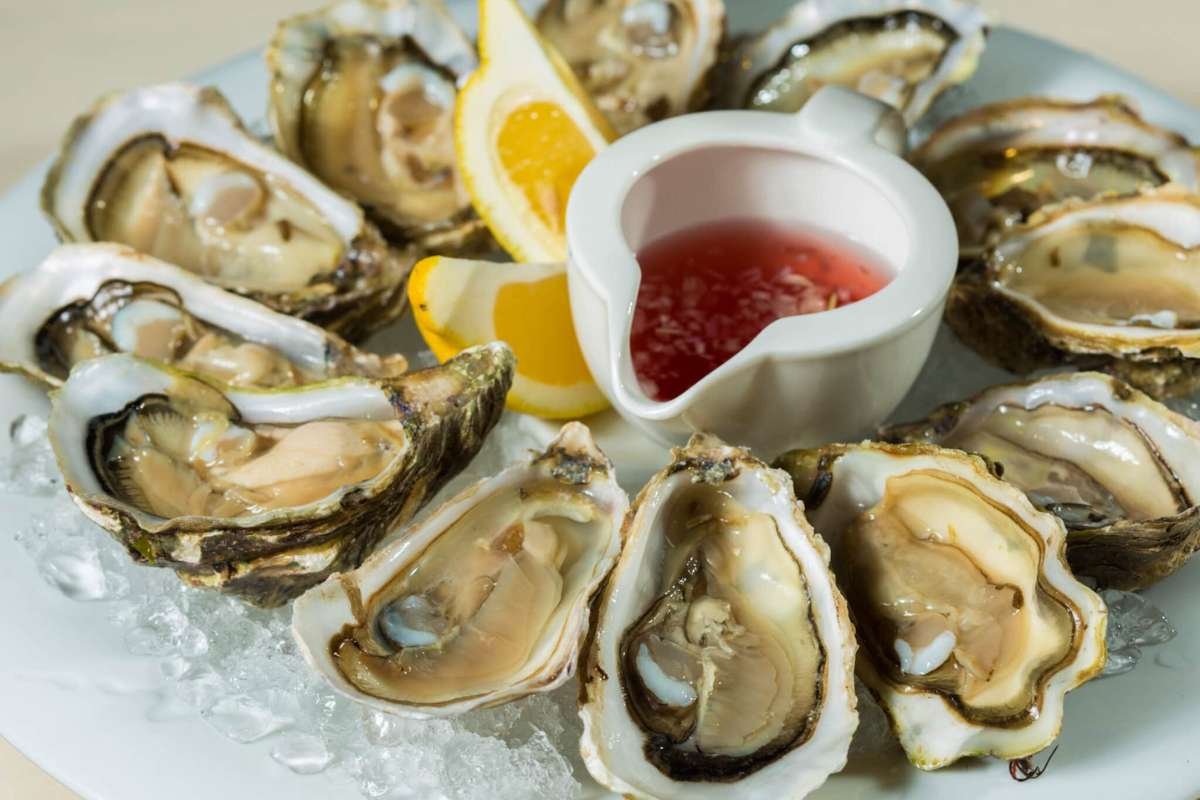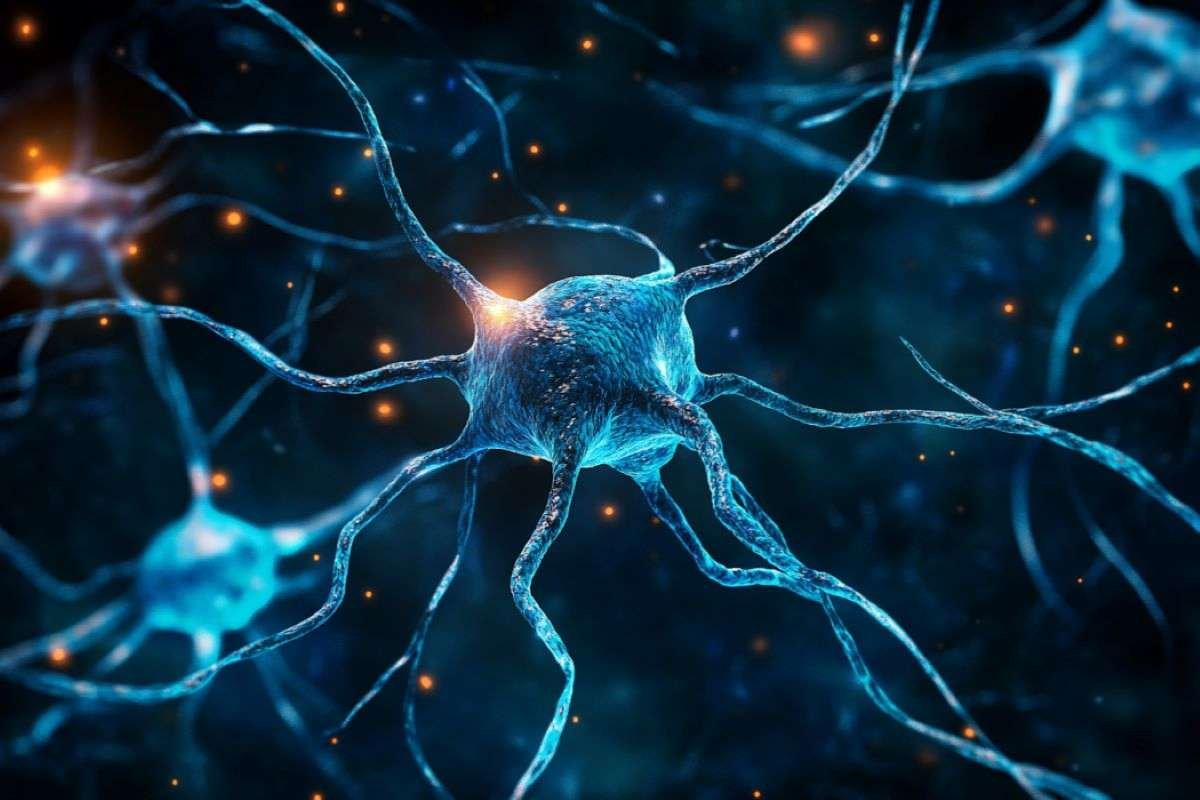Millions of people around the world deal with chronic pain every day. Whether it comes from arthritis, fibromyalgia, back injuries, or autoimmune diseases, constant pain can make life very hard. While many rely on prescription drugs or surgery, more and more people are looking for natural remedies for chronic pain to find relief without the side effects of medicines.
In this article, we’ll look at natural remedies for chronic pain that are supported by science, giving you safe, long-lasting, and easy-to-use options.
Understanding Chronic Pain: Why Natural Solutions Are in Demand?
Chronic pain is typically defined as pain that lasts longer than three months. It often lingers even after the underlying injury or condition has healed, becoming a condition in itself. Common types include:
- Neuropathic pain (nerve damage)
- Musculoskeletal pain (joints, muscles, bones)
- Inflammatory pain (arthritis, autoimmune diseases)
- Visceral pain (organ-related pain like IBS)
Mainstream treatments such as opioids or NSAIDs can offer short-term relief, but overuse may lead to dependency, digestive issues, or kidney damage. This has led many individuals and healthcare professionals to consider natural remedies for chronic pain as part of a holistic pain management strategy.
1. Turmeric and Curcumin: The Golden Anti-Inflammatory

Turmeric, especially its active compound curcumin, is a powerful natural anti-inflammatory. Numerous studies, including a 2021 meta-analysis published in Frontiers in Pharmacology, confirm curcumin’s effectiveness in reducing joint and muscle pain.
- How to use:
- Add turmeric powder to meals
- Take standardized curcumin supplements (with black pepper extract for better absorption)
- Who benefits:
- Arthritis patients
- Individuals with post-exercise inflammation
- People seeking an alternative to NSAIDs
- Expert Tip: Curcumin may interact with blood thinners consult a healthcare provider before starting supplements.
2. Acupuncture: Time-Tested Relief for Neuromuscular Pain
Originating in traditional Chinese medicine, acupuncture involves inserting thin needles into specific points on the body to stimulate nerves and energy flow. It’s now widely accepted in Western medicine for chronic pain, especially for lower back pain, migraines, and fibromyalgia.
- Backed by science:
- A study published in JAMA Internal Medicine (2018) found that acupuncture offered significant pain relief over placebo treatments in chronic pain patients.
- Who benefits:
- Those with musculoskeletal or nerve pain
- Fibromyalgia sufferers
- Individuals avoiding medication
Similar Articles:
- The Best Natural Remedies for Neuropathy
- Harnessing the Power: Unveiling the Multifaceted Benefits of Turmeric Supplements
3. Magnesium-Rich Foods and Supplements
Magnesium is a mineral involved in over 300 biochemical processes, including muscle and nerve function. Low magnesium levels have been linked to increased inflammation and heightened pain sensitivity.
- Top magnesium sources:
- Leafy greens (spinach, kale)
- Pumpkin seeds
- Avocados
- Dark chocolate
- Epsom salt baths (transdermal absorption)
- Clinical research shows that magnesium supplementation can help reduce pain in migraines, muscle cramps, and fibromyalgia.
- Expert Insight: Magnesium glycinate and citrate are often easier to absorb than magnesium oxide.
4. Mind-Body Practices: Yoga, Tai Chi, and Meditation

Mind-body techniques help address the psychological and neurological roots of chronic pain. These practices don’t just stretch or strengthen the body they change how the brain perceives and processes pain.
- Yoga: A systematic review in Pain Medicine (2020) showed that yoga significantly reduces pain intensity in people with back pain and arthritis.
- Tai Chi: Particularly beneficial for older adults with joint stiffness, tai chi promotes balance, flexibility, and gentle movement.
- Meditation and Mindfulness-Based Stress Reduction (MBSR): Chronic pain has a strong psychological component. Techniques such as mindfulness meditation, breathwork, and guided imagery have been proven to lower pain perception and increase emotional resilience.
- Example: The U.S. Department of Veterans Affairs now includes MBSR programs in pain management plans for veterans.
Similar Articles:
5. CBD and Hemp-Derived Products
Cannabidiol (CBD), a non-psychoactive compound in hemp, has exploded in popularity as a remedy for chronic pain and inflammation. Unlike THC, CBD doesn’t cause a high but interacts with the body’s endocannabinoid system to modulate pain and immune responses.
- What the research says?:
- A 2020 review in Current Neuropharmacology concluded that CBD may offer therapeutic benefits for neuropathic pain, arthritis, and multiple sclerosis-related pain.
- Forms available:
- Oils and tinctures
- Topical creams
- Gummies and edibles
- Use Tip: Always buy from brands that provide third-party lab testing. Look for products with full-spectrum or broad-spectrum hemp extract for enhanced efficacy.
6. Heat and Cold Therapy: At-Home Relief That Works
Simple yet effective, alternating heat and cold therapy is one of the oldest and most trusted natural remedies for chronic pain.
- Heat Therapy
- Increases blood flow and relaxes muscles
- Ideal for muscle stiffness and joint pain
- Cold Therapy
- Reduces inflammation and numbs sore areas
- Best for acute flare-ups or injuries
- Tip for Daily Use: Use a warm compress or heating pad in the morning to ease joint stiffness, and switch to cold packs post-exercise or during pain spikes.
7. Anti-Inflammatory Diet: Food as Functional Medicine

Your diet plays a direct role in inflammation and chronic pain levels. Shifting to a whole-food, anti-inflammatory diet can reduce triggers and support healing from within.
- Foods to embrace:
- Omega-3 rich fish (salmon, sardines)
- Colorful vegetables and berries
- Olive oil and avocados
- Whole grains (quinoa, oats)
- Nuts and seeds
- Foods to avoid:
- Processed sugars and carbs
- Refined oils (corn, soy, canola)
- Excessive alcohol and caffeine
- Red meats and trans fats
- A 2022 study in Nutrients found that individuals following the Mediterranean diet reported lower chronic pain scores and improved physical function.
When to See a Specialist?
While natural remedies for chronic pain can offer meaningful relief, they’re most effective when integrated into a personalized health plan. If your pain is:
- Worsening over time
- Associated with weight loss, fever, or fatigue
- Affecting daily functioning or sleep
Then it’s important to consult with a pain specialist or integrative medicine practitioner. - A licensed professional can help combine the best of both worlds natural therapies and clinical support to optimize results.
Similar Articles:
- CBD Enhances Stamina and Muscle Strength by Modifying Gut Bacteria
- Ice vs Heat: Which Method Is Better to Treat Aches and Pain?
Final Thoughts
There’s no single way to manage chronic pain that works for everyone. What helps one person might not help another. But many studies and personal stories show that natural remedies for chronic pain can provide real relief, make life better, and help reduce the need for medications.
From turmeric supplements to meditation, magnesium-rich foods to acupuncture, these methods come from both old traditions and modern science. If you want to try natural remedies for chronic pain, talk to your doctor about adding them to your pain care plan.







